Tokugawaen, Nagoya: A Beautiful Seasonal Garden with Remnants of the Feudal Lords of Owari
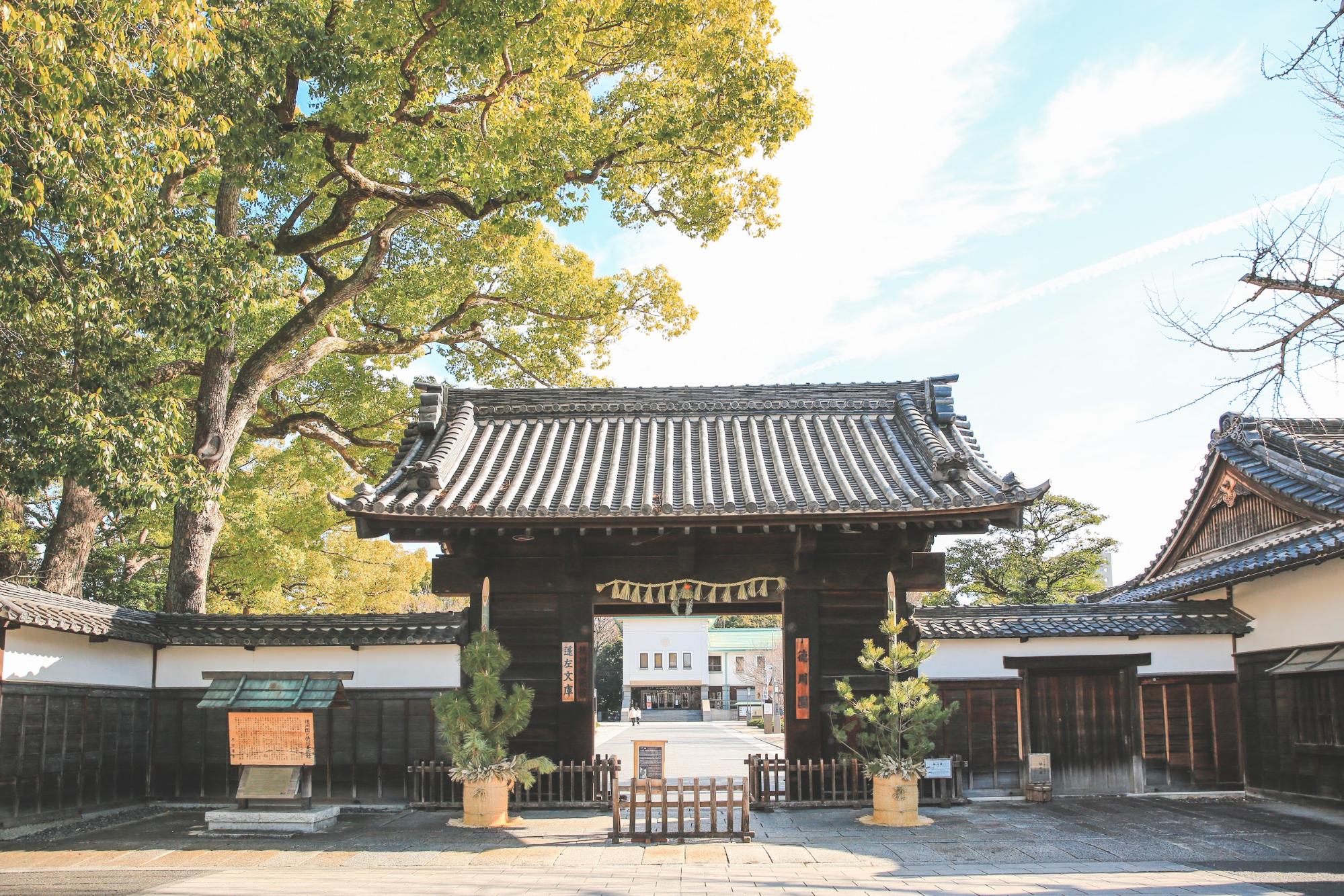
Table of Contents
Nagoya Castle is one of the most famous sightseeing spots in Nagoya, and Tokugawa-en is located not far from the castle. It is an urban oasis that gently soothes the hearts of visitors with its seasonal gardens that make them forget the hustle and bustle of the city.
If you live in Nagoya, there must be many people who have never been there because it is too close. This time, I will tell you about the charm of Tokugawaen.
*“Kuromatsu no Matsukazari” is for the New Year, so it is not currently available.
What is Tokugawaen?

Tokugawaen is a Japanese garden located in Tokugawa-cho, Nagoya. It originated when the second lord of the Owari clan, Mitsutomo, who was the head of the Tokugawa Gosanke family, moved to Ozone Mansion in 1695 (8th year of the Genroku era).
The site area at that time was about 130,000 tsubo (about 44 ha). It is said that 16 boats floated on the fountain in the garden. After Mitsutomo's death, it was handed over to the three families of the Owari clan's chief retainers, the Naruse, Ishikawa, and Tokugawa Family.
After that, in 1931 (Showa 6), the 19th head of the family, Yoshichika, donated the mansion and garden to the Tokugawaen. After being destroyed by fire during World War II, it was used as a city park, but in 2004 it was renewed as a Japanese garden.
The adjacent Tokugawa Art Museum and Housa Bunko, as well as the nearby Nagoya Castle, attract many tourists every day.
Access and Tickets of Tokugawaen
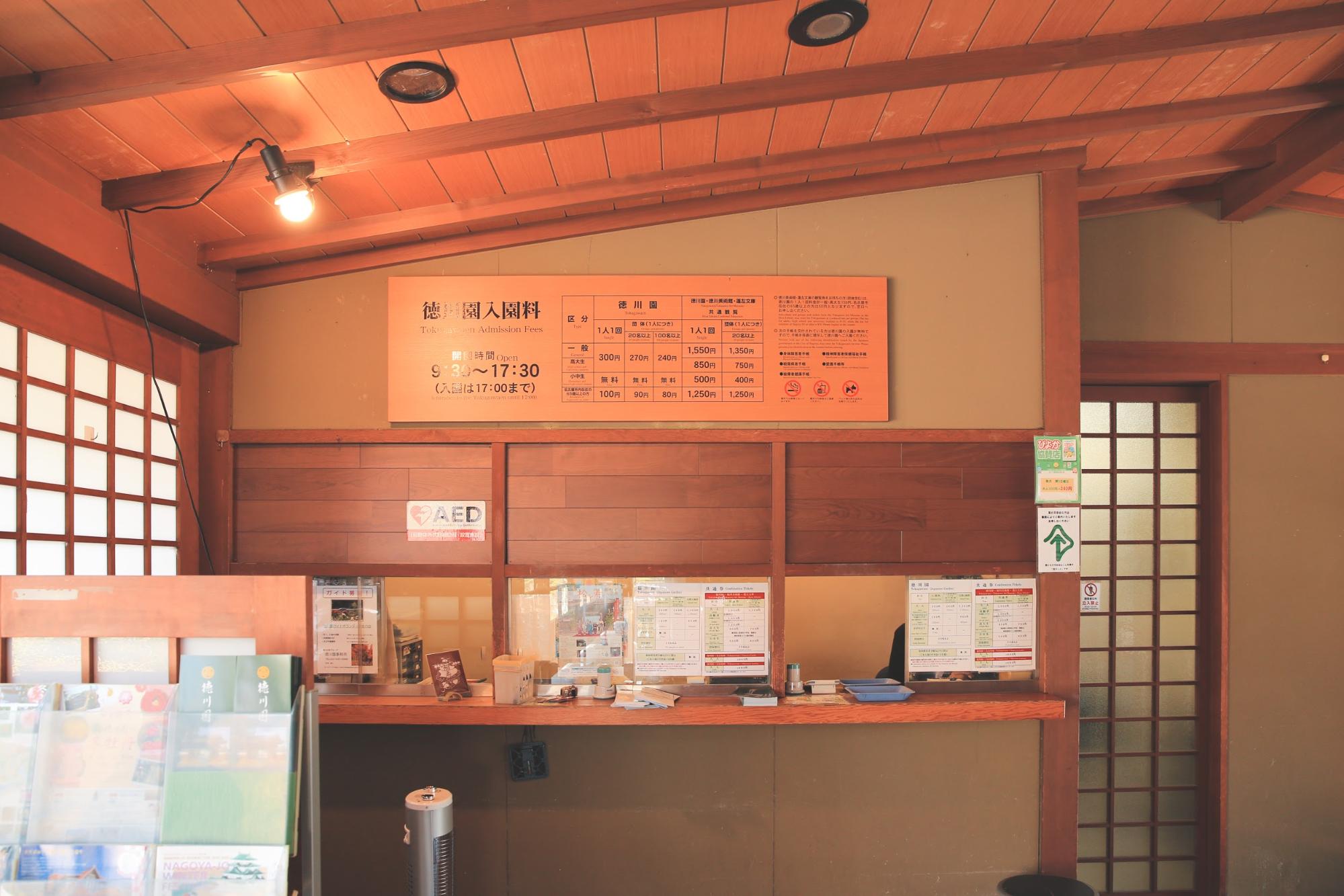
There are four stations near Tokugawaen. "JR Ozone Station", "Meitetsu Ozone Station", "Subway Meijo Line Ozone Station", and "Subway Sakuradori Line Shamichi Station". From Nagoya Station, get off at "JR Nagoya Station" and get off at "JR Ozone Station", then walk about 10 minutes from the south exit.
< Tokugawaen Admission Fee>
・General/high school/university students: 300 yen
・City residents over 65 years old: 100 yen
・Junior high school students and younger: Free
* Elderly residents (aged 65 and over) who live in the city should present their Keiro Techo, etc.
If you would like to see both Tokugawa Art Museum and Housa Bunko, we recommend the combined ticket (general 1,550 yen).
* Prices are subject to change, so please check the official website.
Kuromon, the Remains of the Owari Tokugawa Family 's Mansion that escaped Air Raids

It is one of the few remains that escaped damage from the air raids of 1945 (Showa 20), and constitutes a valuable group of buildings that convey the vestiges of samurai residences, including the continuous side nagaya and walls.
*“Kuromatsu no Matsukazari” is for the New Year, so it is not currently available.
Let's go around the Japanese garden!


After passing through Kuromon, let's head to Tokugawaen.
Tokugawaen can be entered from two places, "Kuromon-guchi (entrance)" and "Ozone-guchi". If you are coming from Ozone Station, we recommend Ozone Exit.
Ryumon no Taki

First, let's go to the first famous place, "Ryumon no Taki (falls)". Tokugawaen is a garden with a large pond in the center, which you can enjoy while strolling around the garden. In the garden, the stream is expressed as a valley, and there are many famous waterfalls.
This Ryumon no Taki is a reproduction of the waterfall that was in the Owari family Edo residence. Also known as Ryumonbaku, it is a type of waterfall based on the Toryumon legend, in which a carp climbs up a waterfall and becomes a dragon.

The stones used for the waterfall are the stones of the waterfall that were on the site of the Owari family's Edo suburban residence, and have been reproduced in Tokugawaen. The area around the waterfall is colored with greenery during the season of fresh greenery, and colored leaves in autumn.
Just listening to the sound of the waterfall makes you feel dignified and relaxed.
"Ryusenko" that Looks like the Sea

The trees in the garden are reflected on the surface of the water.
Next, we headed to Ryusenko which is the center of Tokugawaen. It is the centerpiece of the pond spring circuit garden, in which attractions are arranged around the surface of the water that resembles the sea, and the water source is groundwater. You can look at the beautiful pond forever.


Ryusenko recreates the floating islands with black pine trees as rocks. You can take a walk around the pond, with maple trees hanging on huge rocks, stepping stones crossing the water's edge, a protruding sand spit, and a ferry with a boat hut.

Ducks were swimming comfortably.

Koi food is also sold according to the season, so please give it a try. (closed in winter)

"Kansenro" is a two-story building facing Ryusenko. The view is wonderful, and it can be used as a restaurant, hall, and shop.

A wooden bridge made of cypress over the "Tora no O" (tail of the tiger).
Three-stage Waterfall with a Drop of 6m "Ozone no Taki"


Next, let's go to another famous waterfall, "Ozone no Taki". It is a three-tiered waterfall with a drop of 6m, in which the top, middle, and bottom rocks are arranged differently. The expression of each splash is different, so please check the difference in change.
It is a place where you can feel the magnificence of nature, which makes it hard to imagine that you are in the center of Nagoya. The sound of the waterfall is really soothing.


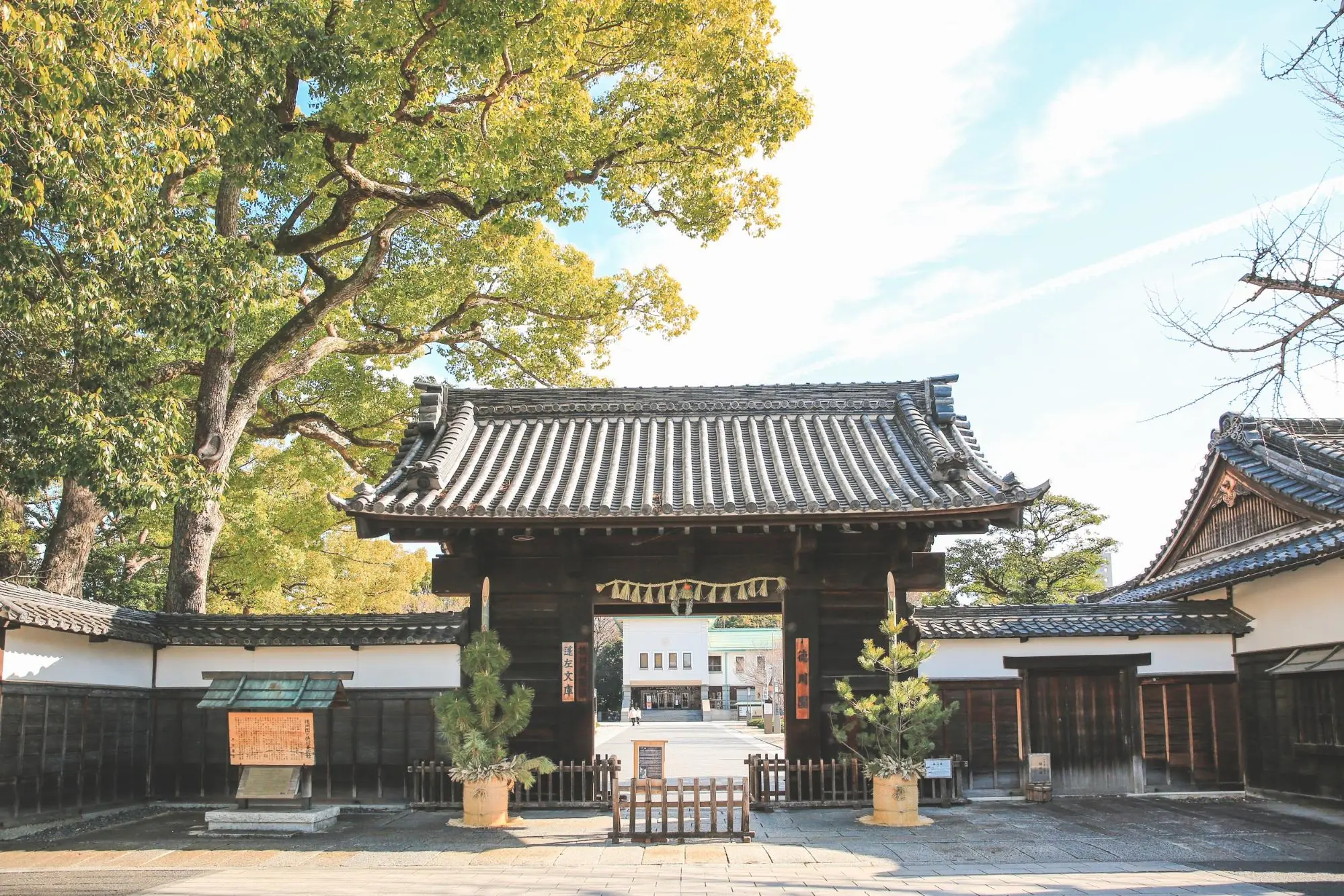
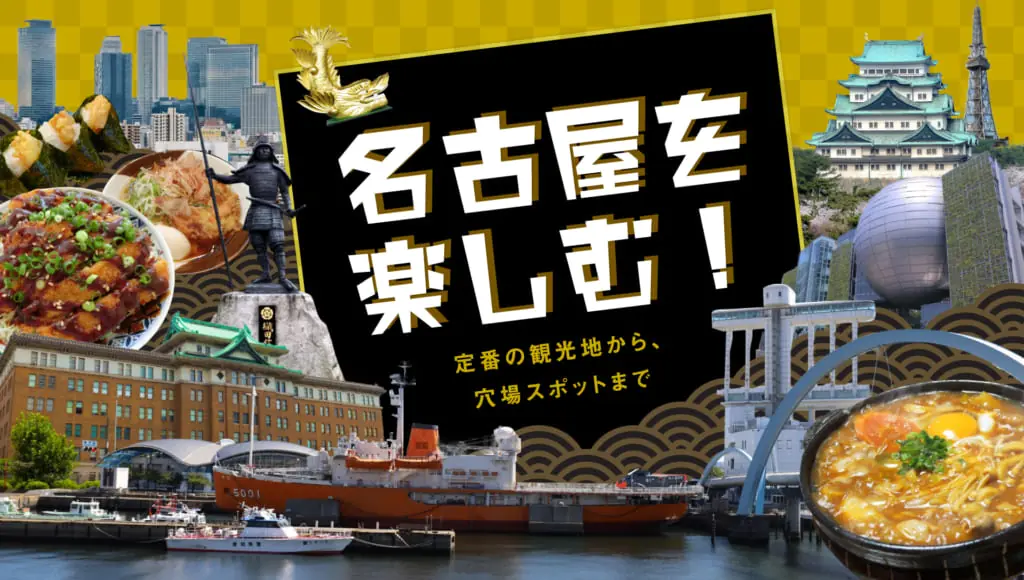
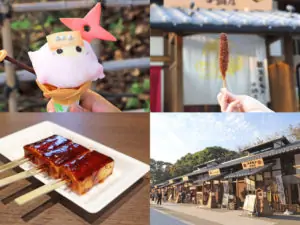
![Toyota Commemorative Museum of Industry and Technology [Part 2]: TripAdvisor's No.1 Factory & Social Studies Tours!](https://life-designs.jp/wp/wp-content/uploads/2019/07/image16-20-300x187.jpg)
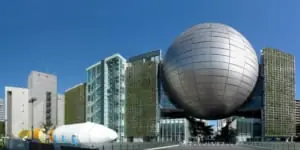

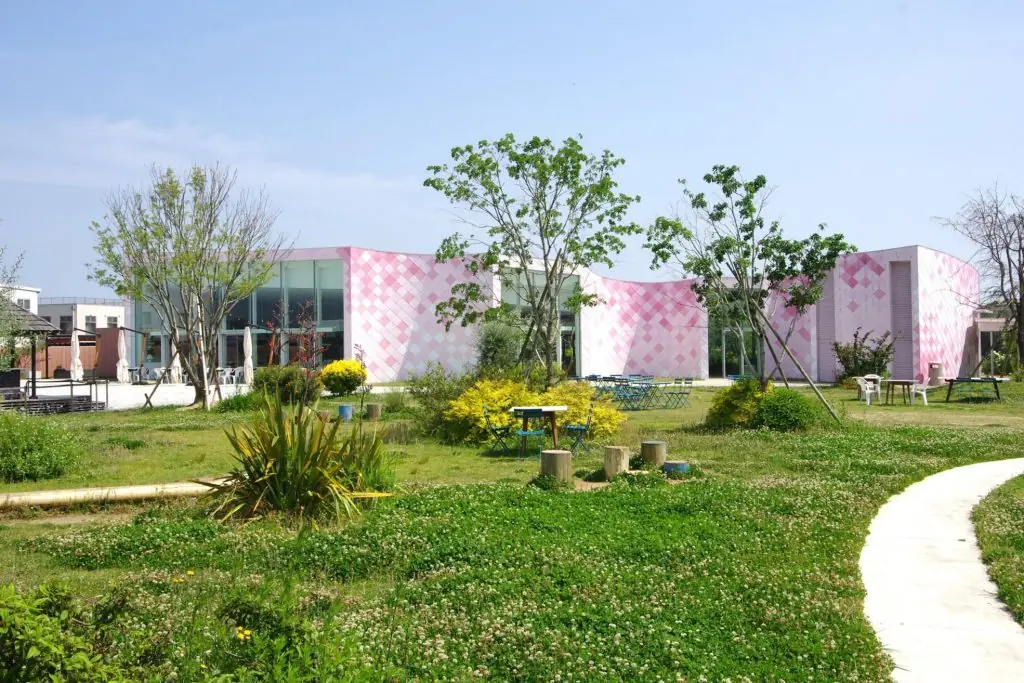


![[Nagoya] Enjoy Grandma's Home Cooking at "Mexican Restaurant Rosita Higashisakura"](https://life-designs.jp/wp/wp-content/uploads/2022/12/image14-18-1024x683.jpg)
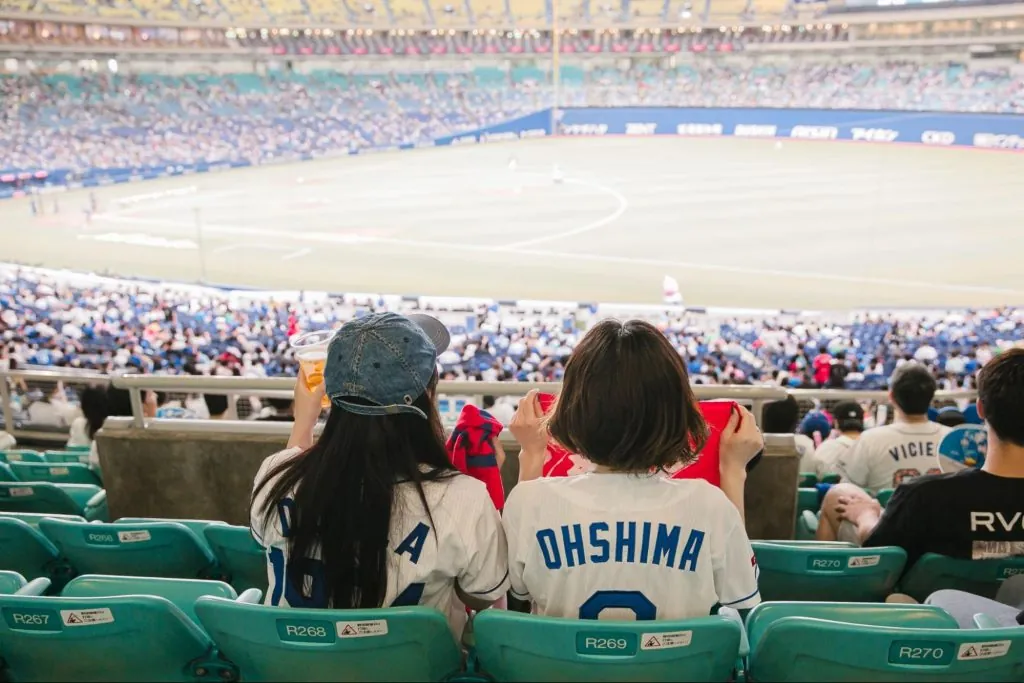

![[Nagoya] Nagoya City Archives full of Taisho-era romance, also used as a filming location for the morning drama "Tora ni Tsubasa"](https://life-designs.jp/wp/wp-content/uploads/2020/01/image11-22-1024x683.jpg)

![[Indoor Facilities] Where to Go on Rainy Days in Tokai Area! For Family Outings!](https://life-designs.jp/wp/wp-content/uploads/2023/07/FotoJet-23.jpg)





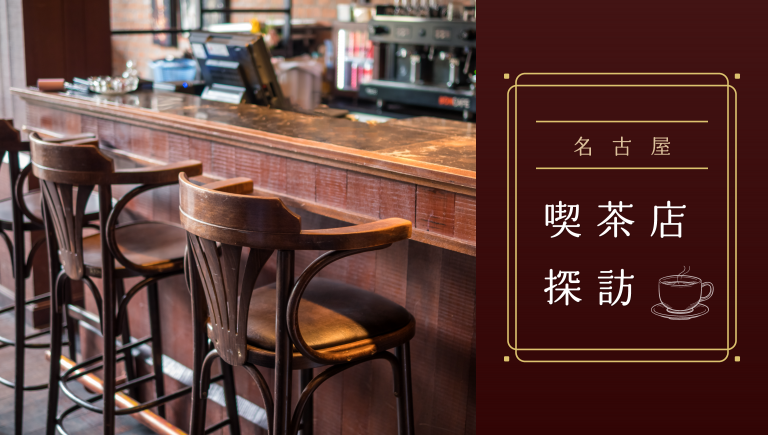
![[Tokai Area] Place to Go on Rainy Days!](https://life-designs.jp/wp/wp-content/uploads/2022/03/f76405aaa33944a4ba88a131fbc56523-768x435.png)
![[Osu Special Feature] A City of History and Uniqueness](https://life-designs.jp/wp/wp-content/uploads/2022/03/01_Osu-1-1024x580.png)
![[Ghibli Park] Beginner's Guide](https://life-designs.jp/wp/wp-content/uploads/2023/07/ghiblipark_w1920h1088_20240422-1024x580.png)
![[Tokai Area] Scenic Spots which You'll Never Forget](https://life-designs.jp/wp/wp-content/uploads/2019/12/LD_banner_w1920x1088_prospect-1-1024x580.jpg)
![[Sauna Specials] Feel Revitalized in Sauna!](https://life-designs.jp/wp/wp-content/uploads/2021/07/Sauna-1024x580.jpg)
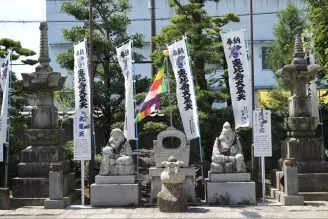
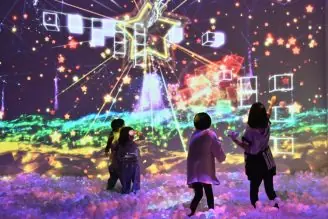

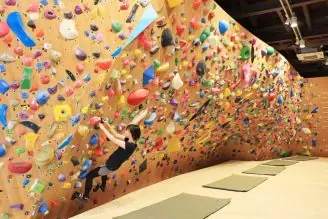
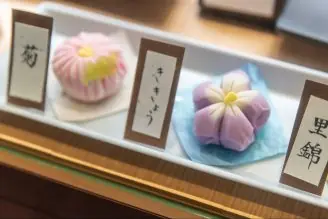
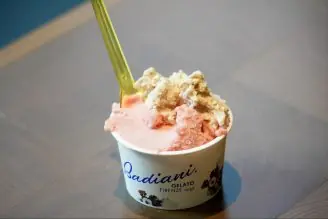

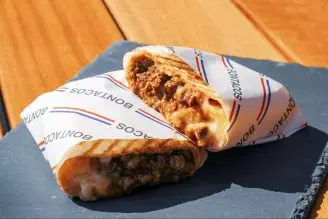

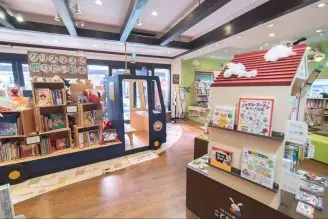


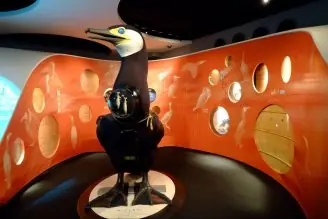
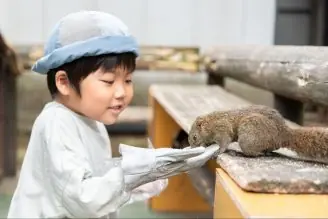
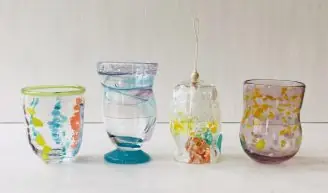
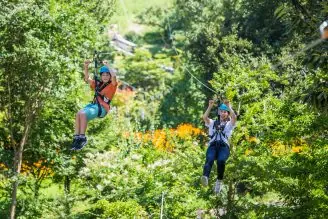
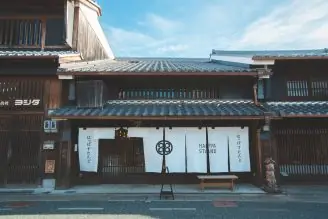




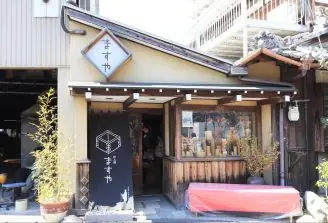
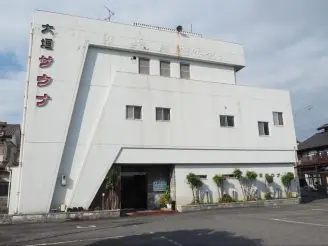
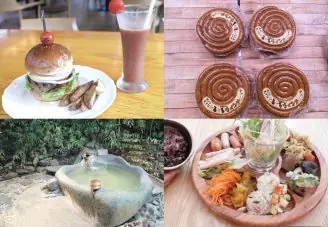
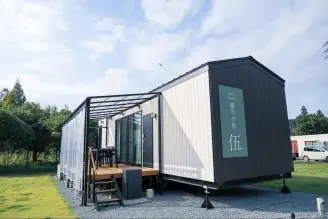

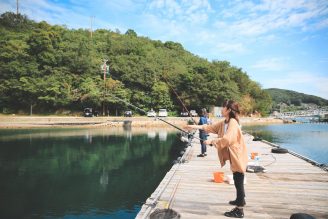


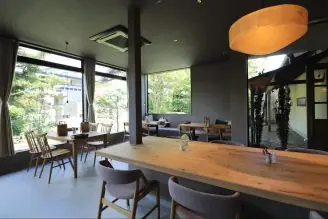
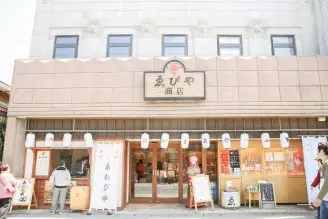
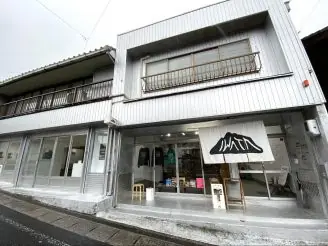
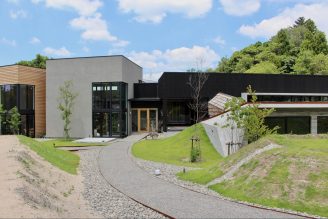
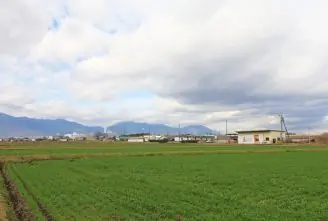
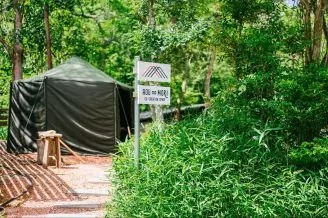
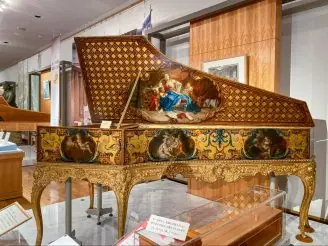
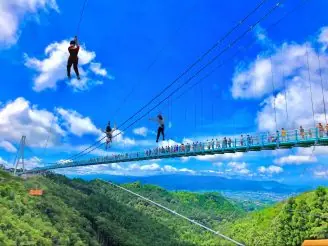

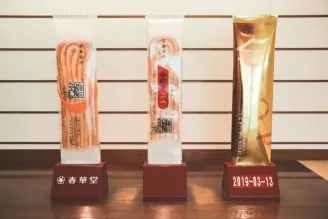
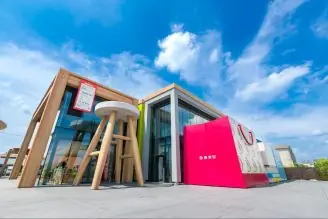



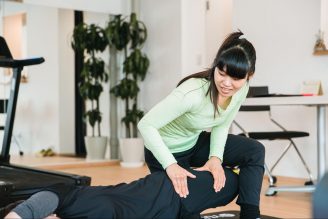
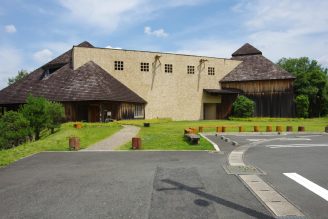
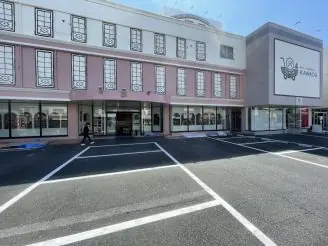
![Onigiri is hot right now! Summary of Osu's Onigiri Specialty Shops [5 selections].](https://life-designs.jp/wp/wp-content/uploads/2023/11/onigiri-1024x768.jpg)
![[28 selections] I want to get it when I go to Ghibli Park! Recommended goods & souvenirs (Ghibli’s Grand Warehouse edition)](https://life-designs.jp/wp/wp-content/uploads/2023/07/07bb34f30842ccc4c6412fc060e1966c-1024x683.jpg)
![[9 Selections] Summary of Retro Coffee Shops in Nagoya](https://life-designs.jp/wp/wp-content/uploads/2021/11/image1-30-1024x683.jpg)
![[20 Selections] Nagoya Souvenirs: Non-Sweet & Recommended Snacks Available at Nagoya Station](https://life-designs.jp/wp/wp-content/uploads/2025/07/image3-2-1024x683.jpg)
![[Aichi, Gifu, Mie] 30 Family-Friendly Spots to Go in Winter!](https://life-designs.jp/wp/wp-content/uploads/2019/12/image21-1-768x543.png)
![[Within 2hrs by Car] 12 Outing Areas where You can Go on a Day Trip from Nagoya!](https://life-designs.jp/wp/wp-content/uploads/2023/07/odekake12_w1200h900_20240422-328x246.png)
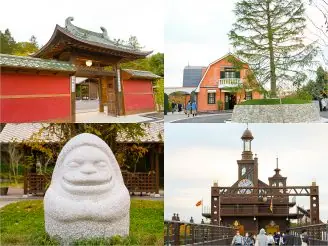
![[Nagoya, Aichi] Recommended Shops to Buy Tablewares around Nagoya](https://life-designs.jp/wp/wp-content/uploads/2019/11/image12-26-150x100.jpg)

